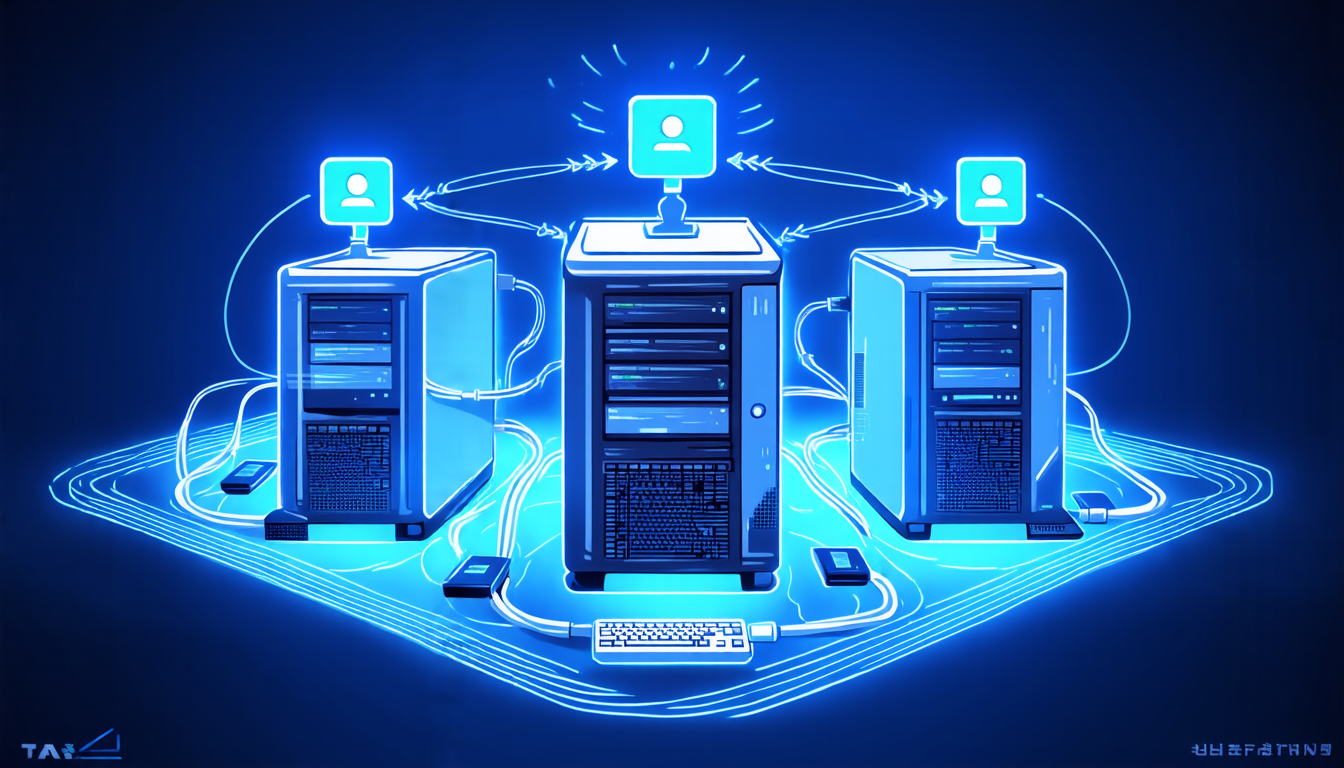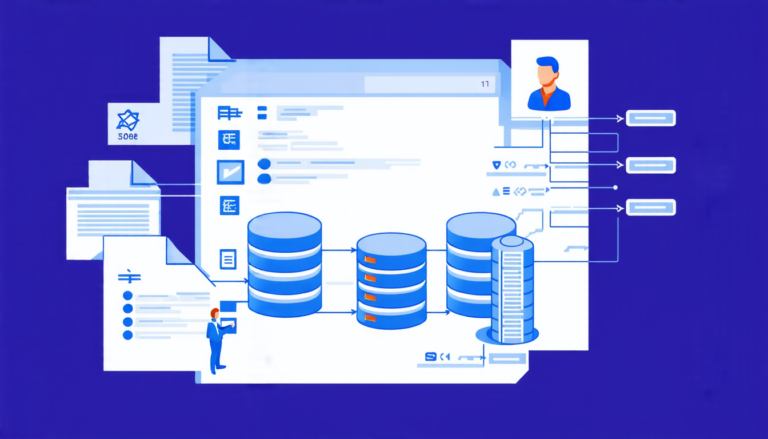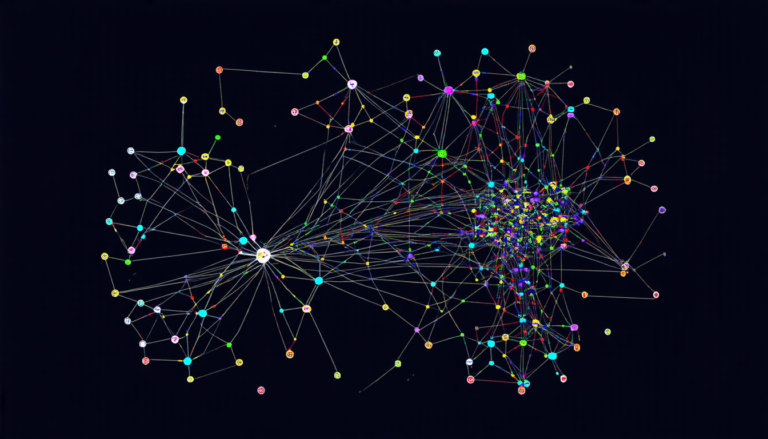Tuesday 09 September 2025
The world of artificial intelligence is constantly evolving, and one of the latest advancements is the development of a new framework that enables more efficient training of diffusion transformers. These powerful machines are capable of processing vast amounts of data, but their size and complexity make them difficult to train.
To address this challenge, researchers have created a system called KnapFormer, which redistributes tokens in a way that minimizes workload imbalance across GPUs. This allows the machines to work together more efficiently, reducing the time it takes to complete complex tasks.
The problem of token imbalance arises because different samples can have varying lengths, making it difficult for the machines to distribute the workload evenly. KnapFormer solves this issue by first gathering sequence length metadata from all ranks in a balancing group and then solving a global knapsack problem to minimize the variance of total workload per GPU.
This approach has several benefits. For one, it eliminates straggler effects, where slower GPUs can hold back the entire system. It also reduces communication overhead and minimizes the risk of out-of-memory errors.
KnapFormer is particularly useful for large-scale training of diffusion transformers, which are commonly used in tasks such as image generation and language translation. These models require massive amounts of data to learn from, but their size and complexity make them difficult to train on a single machine.
By using KnapFormer, researchers can distribute the workload across multiple GPUs, allowing them to take advantage of the massive processing power available. This not only speeds up the training process but also enables the machines to handle much larger datasets than they could otherwise.
The system is also designed to be compatible with existing distributed training infrastructure, making it easy for researchers to integrate into their workflows. Additionally, KnapFormer can be used in conjunction with other optimization techniques to further improve performance and efficiency.
Overall, KnapFormer represents a significant step forward in the development of diffusion transformers and has the potential to revolutionize the field of artificial intelligence. By enabling more efficient training of these powerful machines, researchers will be able to unlock new possibilities for applications such as image generation, language translation, and more.
Cite this article: “Efficient Training of Diffusion Transformers with KnapFormer”, The Science Archive, 2025.
Artificial Intelligence, Diffusion Transformers, Knapformer, Workload Imbalance, Gpus, Token Imbalance, Knapsack Problem, Distributed Training, Image Generation, Language Translation.







